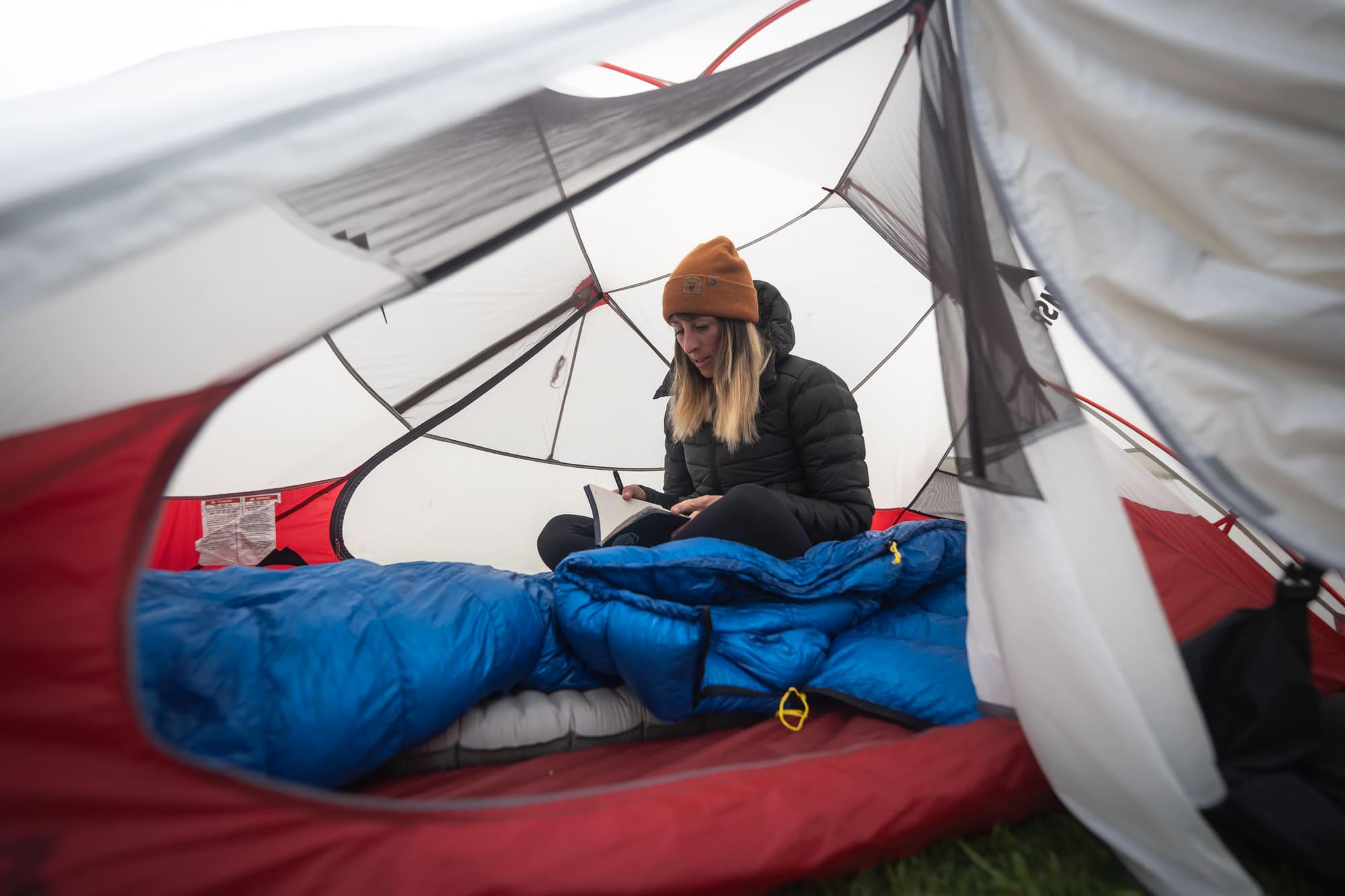How to choose the right fabric for sleeping bags and quilts?
Fabric comparison
| Fabric | Weight | Volume | Durability* | DWR treatment** (DWR) | Breathability | Recommended use |
|---|---|---|---|---|---|---|
| 7D | Ultra-light | Ultra-compressible | Moderate - | Yes | Very good | Long-distance travel, specific projects with weight minimization |
| 10D | Light | Highly compressible | Moderate + | Yes | Good | Long hikes, hiking, outdoors |
| 20D | Moderate | Moderately compressible | High | Yes | Average | Camping, refuge, hiking |
| 40D | Heavy | Low compressibility | Very high | Yes | Average | Special projects with intensive abrasion |




